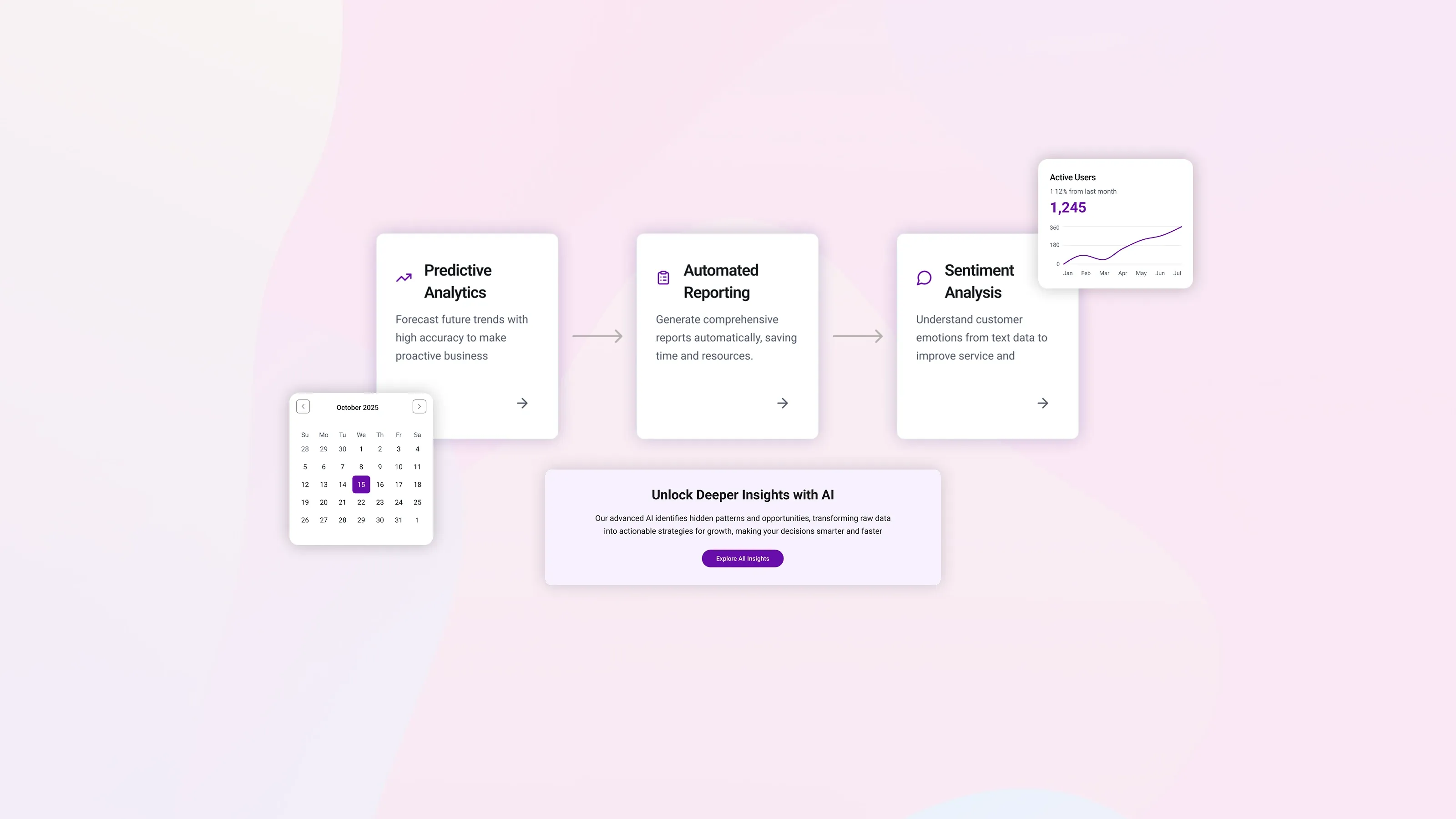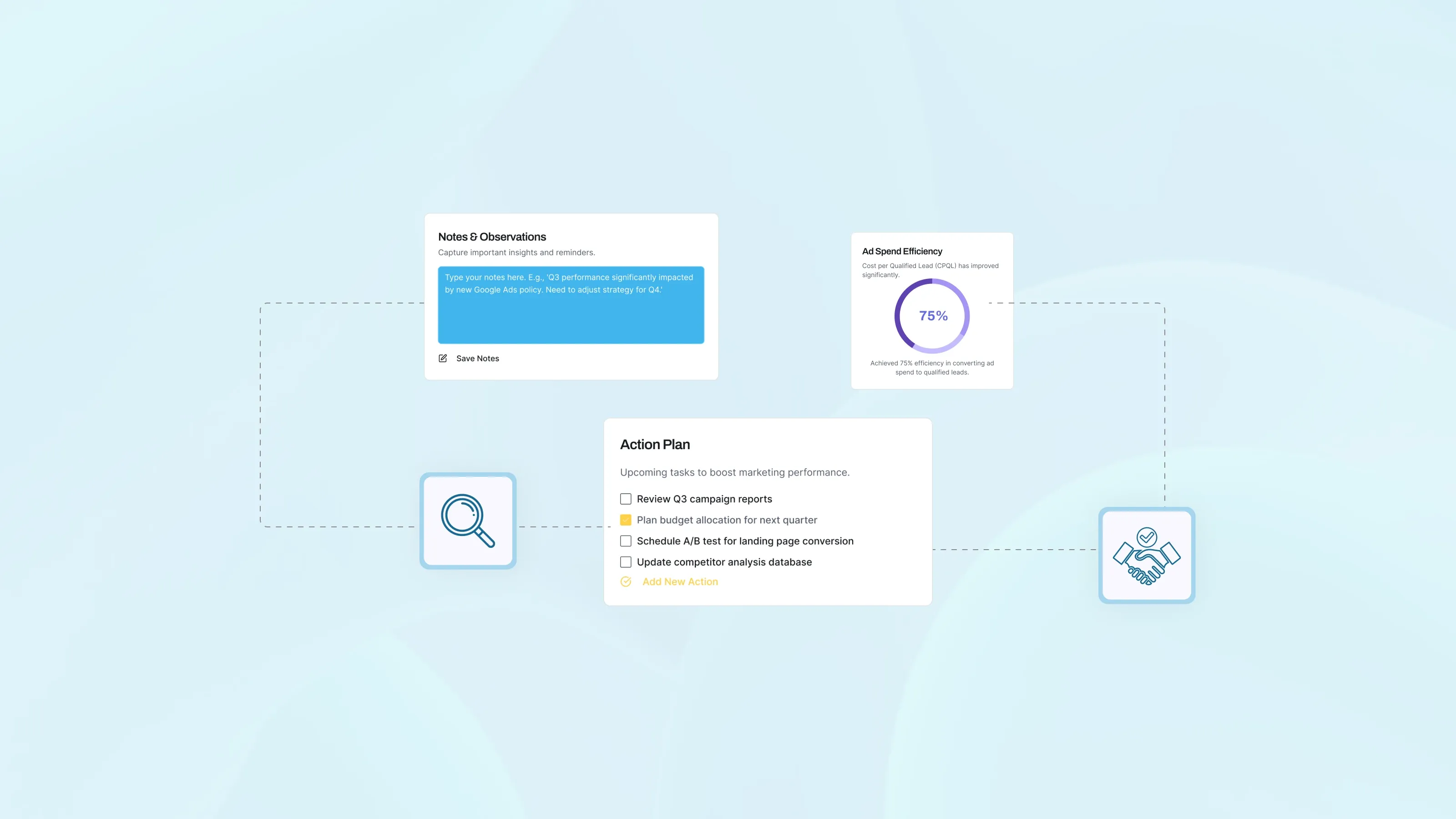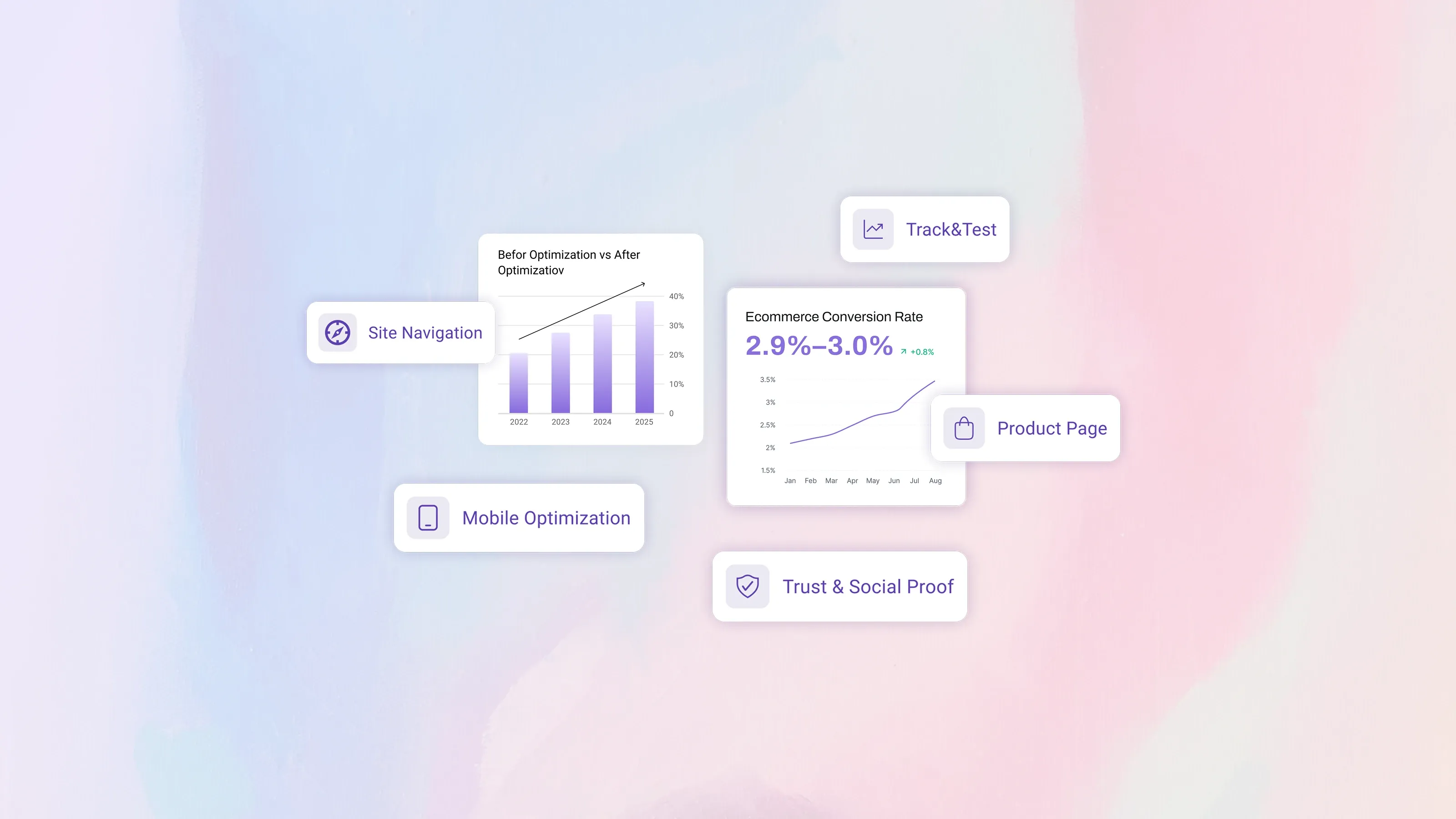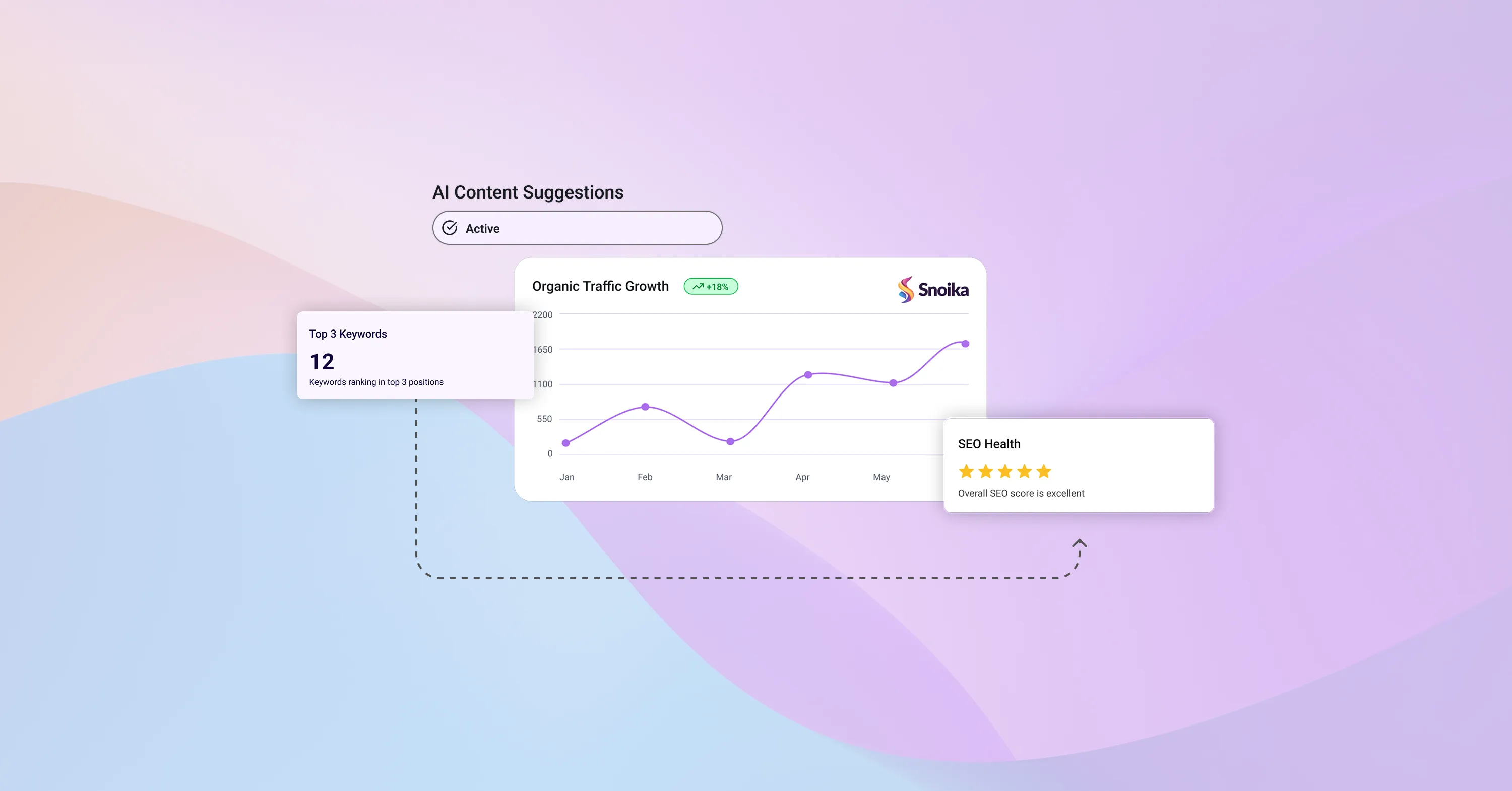Overview
This blog explores how insurers can build a strong AI-driven brand in seven practical steps. From choosing a niche and defining your brand voice to leveraging AI for content marketing, social media, and customer automation, it shows how machine learning can boost visibility, trust, and retention. Readers will learn how to use AI tools to stand out in a competitive market and create a smarter, more customer-centric insurance brand.
Step 1: Choose Your Core Insurance Niche
Building an effective AI insurance brand starts with picking a specific focus, such as auto, property, or specialty coverage.
- Brainstorm which insurance field resonates with your expertise
- Identify the demographics - single homeowners, small business owners, or retirees
- Research the competition and find an overlooked niche segment
Why Niche Selection Matters
When you concentrate on a clear audience, you can customize AI-driven services. For instance, if you offer auto insurance, you might use data analytics to identify risk factors and tailor rates. This approach helps you attract buyers who appreciate transparency and tech-savvy services.
If you want to see how keyword research and audience segmentation can be automated, consider exploring Find the Right Keywords in Minutes - Not Hours - SEO Optimisation Made Easy.
Step 2: Lay the Brand Foundation with AI Insights
After you decide who you’re serving, it’s time to gather data and predict behavior. AI-driven research can reveal trends you might miss with manual checks.
- Pull data from public records or industry reports to see policyholder habits
- Use machine learning models to forecast claim frequency or potential churn
- Study competitor reviews and social media mentions
5 Building Blocks of AI Insurance Branding
- Specific Niche Targeting
- Data Analysis for Customer Insights
- AI Content Marketing Strategies
- AI Social Media Marketing Outreach
- Automated Communication for Better Service
Harnessing AI facts can boost your brand’s credibility. According to one analysis, AI reduces response time by 30%, which spares your team from burning time on basic questions and allows them to focus on improving the brand experience.
Step 3: Shape Your Brand Voice and Identity

Now that your foundation is set, define how your brand will look and sound. A strong identity goes beyond logos and color palettes.
- Pick a tone that resonates with your target group (friendly, professional, or casual)
- Choose a simple color scheme and logo for quick recognition
- Draft a tagline that showcases your AI-driven advantage
Tips for a Memorable Brand Style
- Keep text clean and concise. Policyholders might skim content, so brevity helps
- Reflect transparency - explain AI features in plain language
- Incorporate trust signals such as secure site badges or verified reviews
If you’re testing whether an AI-based approach works for your insurance brand, consider resources that simulate a real online presence. AI-Powered Marketing: How to Use Artificial Intelligence for Better Results discusses how AI-powered tools help you quickly test business ideas by generating branding, launching a straightforward website, and publishing SEO content. By measuring user interest, you’ll know if the idea has market potential before making a large financial commitment.
Step 4: Develop AI Content Marketing for Enhanced Visibility
Content is often the first point of contact with new customers, so a clear plan for “ai content marketing” is key. Your goal is to educate and build confidence.
- Start with blog posts on topics like “AI’s Role in Faster Claims” or “Why AI-Based Policies Save Time”
- Incorporate relevant keywords, but maintain a conversational tone
- Publish case studies that show exactly how your AI tools reduce risk or streamline operations
Content Formats to Grab Attention
- Short articles or guides that address pain points
- Quick explainer videos on your website or YouTube
- Infographics summarizing policy details or AI advantages
For a deeper dive into how AI is changing digital content strategy, see AI Content Marketing: How to Use AI to Supercharge Your Strategy. According to some reports, AI-based marketing improves acquisition rates by 14%. That’s a solid reason to invest in content that answers common questions and shows tangible benefits.
Step 5: Expand Reach Through AI Social Media Marketing

Social channels offer ideal platforms to highlight your brand personality and connect with potential policyholders. With “ai social media marketing,” you can automate posts while still giving them a human touch.
- Plan a monthly calendar for sharing product highlights or success stories
- Use chatbots in direct messages to provide instant quotes
- Analyze engagement data to see which campaigns resonate most
Smart Social Media Strategies
- Test short video demos explaining how chatbots handle queries
- Share user testimonials that confirm real-world savings
- Post about timely topics - like seasonal hazards - to position yourself as a helpful partner
Customers appreciate insurers that offer recommendations tailored to their profile. A recent survey shows 72% of customers prefer recommendations from AI to save time and money. By automating your social media responses and ad targeting, you can meet them where they are without feeling pushy.
Step 6: Automate Customer Touchpoints
Providing prompt support and personalized service can strengthen your AI insurance branding. Automating support interactions is a good way to win trust and stand out.
- Integrate chatbots on your website for general inquiries
- Send timely reminders about policy renewals or rate changes
- Offer 24/7 assistance so customers feel supported outside normal hours
How AI Chatbots Boost Retention
- They instantly resolve common concerns such as payment queries
- They free up agent time for complex tasks
- They can gather customer feedback for ongoing improvements
For more examples of how automation and AI-powered chatbots drive customer engagement and efficiency, check out AI for Ecommerce: 7 Steps to Harness Machine Learning for Online Growth. Since a review notes 78% of customers solve their issues without human intervention, that self-service experience can become your unique selling point. When policyholders see that everything just works seamlessly, they’re more likely to stay.
Step 7: Track Performance and Refine
Each step in your AI insurance branding will evolve over time. Gather metrics, measure success, and adjust strategies to stay ahead. According to Deloitte’s 2024 Insurance Outlook, insurers that continuously adapt their AI strategies achieve faster growth and stronger customer engagement.
- Monitor your site’s bounce rate, conversion rate, and engagement on social media
- Track repeat visits and compare them with new leads
- Collect feedback from policyholders - what do they love or dislike?
Refinement Techniques
- Conduct A/B tests on landing pages, comparing different AI-driven approaches
- Frequently refresh your blog or FAQ sections with the latest data
- Expand into new niches if you see steady growth in a neighboring market
If you maintain flexible data-driven processes, you’ll spot areas to improve without risking large budgets. Insurers that embrace updates promptly can see up to a 25% spike in loyalty, according to a study.
For actionable guidance on using automation, AI analytics, and customer feedback loops to refine your insurance brand, refer to How to Master AI content creation in 7 Simple Steps.
Conclusion
Creating a strong AI insurance branding strategy may seem complex, but it can be broken down into steps. By defining a niche, incorporating compelling content, and applying AI-based customer support, you’ll forge a distinctive presence. As you gather data and improve your approach, your brand will continue to thrive, winning over customers who appreciate fast, transparent, and tech-forward service.








